Early aviation in Lancaster and the Georgian flying doughnuts
and live on Freeview channel 276
However, the first aeronauts in Lancaster were flying much earlier.
Charles Green was an aeronaut who used coal gas, not helium; hence his ascents were always near gasworks. He made visits to Lancaster in July 1832 and August 1832, and flew from St. George’s Quay near the former premises of T Grubb and Co.
Advertisement
Hide AdAdvertisement
Hide AdVincenzo Lunardi (1754-1806) was the first man to make a balloon ascent in Britain. In 1785 Richard Gillow arranged for Lunardi to come to Lancaster. The flight was cancelled at the last minute, but he may have flown here in 1786.
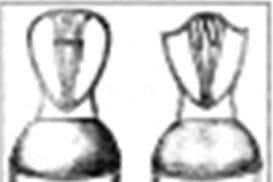

However, Gillow’s balloon chairs were a hit, being made from 1785 - 1810!
Moving on a few years, Isaac Storey (1854-1925) was one of the Storeys (of White Cross) fame.
Isaac attended the Grammar School and was a member of the Lancaster Astronomical and Scientific Association, as well as being a Magistrate. By inclination though, he was an inventor - he built an electric wireless circuit and experimented with remote control of boats at Ambleside.
Advertisement
Hide AdAdvertisement
Hide AdStorey (who was a pioneer of the study of radio waves) - took an interest in John (Jack) Kitchen’s experiments on controlling boats by radio.
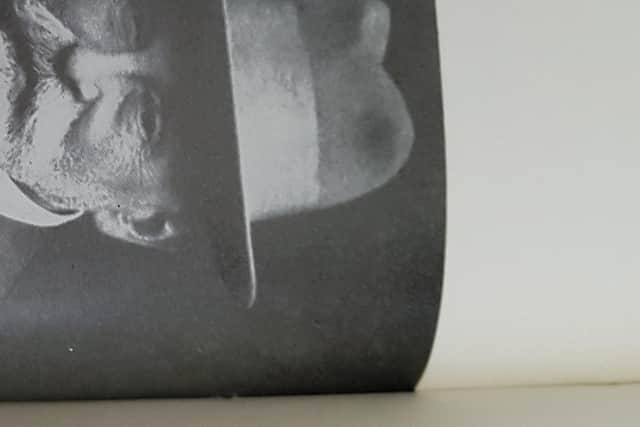

In 1909 Isaac filed a patent for a circular winged aircraft and in 1910, impressed with his abilities, he engaged John Kitchen to help him build one.
John George Auslebrook Kitchen was born at Croppers Hill, St Helens on November 4 1869.
In January 1897 John married Sarah Isobell Garnett in Windermere. Sarah was the daughter of a nurseryman from Bowness. On their marriage they moved to a villa in Bowness called Brookfield. John Kitchen was a man of just below medium height with a moustache, who smoked a pipe but did not drink.
Advertisement
Hide AdAdvertisement
Hide AdIt was his patent for the Lune Valley Boiler in 1902 for which he became well known. These boilers were eventually to be used for the Windermere Steamers.
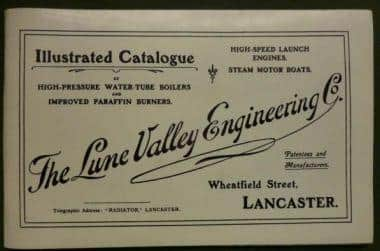

When, in 1903, the Lune Valley Motor Carriage Works began trading, the Kitchens moved to Lancaster, living initially in Aldcliffe Road and later at 7 Rose Bank, Scotforth.
The Lune Valley Motor Carriage Works was started by John Kitchen and Ludlow Patton Perkins in 1903 and the firm was later renamed The Lune Valley Engineering Works. It produced radiators for cars, but not cars themselves.
Kitchen’s Annular Biplane was the result of Jack’s design work on Storey’s commission.
Advertisement
Hide AdAdvertisement
Hide AdThe plane was built in a hangar next to Middleton Sands between Heysham and Sunderland Point.
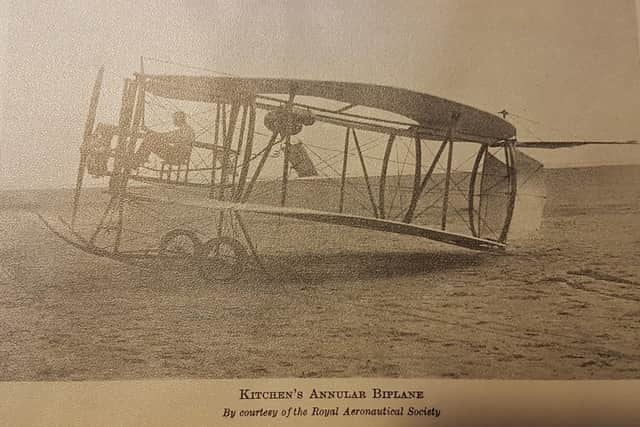

Storey then lost interest in the project for a variety of reasons and sold the plane, with the patent, to Cedric Lee, a director of a Manchester textile firm.
Lee approached George T Richards, an automotive engineer, to help and in 1910 Lee and Richards went to Heysham. Lee had flying lessons in a Valkyrie Monoplane in readiness!
However, the 50hp Gnome engined plane refused to fly! It was damaged whilst Lee was trying it out and then taken to the hangar. Sadly, it was wrecked in a gale on November 4 1910 and both plane and hangar were destroyed.
Advertisement
Hide AdAdvertisement
Hide AdJack Kitchen was still a technical advisor on the project, and to explore the problem a series of papier-mache models were made and flown at Dallas Road Drill Hall in 1911.
Jack Kitchen’s ideas on wing form were proven to be best, and a large-scale glider was built. This was taken to Sellet bank near Kirby Lonsdale, which was out of the way of prying eyes!
A track and catapult- like the Wright brothers had used - was used to launch the glider and in 1912 after 10 months of trials the glider was performing safely and well.
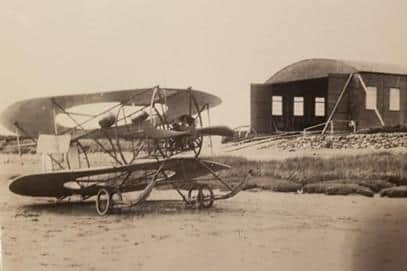

Incredibly, film of the trials survived and can be seen in the prelude sequence to the 1965 film “Those Magnificent Men in their Flying Machines”!
Advertisement
Hide AdAdvertisement
Hide AdLee and Richards then moved south and left Kitchen to his own work.
They began building annular monoplanes which were flying well by the end of 1913. One was even demonstrated before Winston Churchill.
After three years - and £17000 - the idea was abandoned on the outbreak of war in 1914.
Lee was killed in World War One in the Royal Naval Division on the Somme. Richards remained a staunch apostle of the idea of circular aircraft until his death in 1960.
Advertisement
Hide AdAdvertisement
Hide AdThere was a curious Resurrection of the annular Biplane. In 1965 - the film “Those Magnificent Men in their Flying Machines” was released. The film revolved around the craze of early aviation, and was directed and co-written by Ken Annakin, with a musical score by Ron Goodwin.
Several replicas were constructed for the film: the character Count Emilio Ponticelli received the weird ones to fly, including the Lee-Richards Annular Biplane. A non-flying replica of the Lee-Richards biplane was built for the film. The machine was flown on wires and was caught in the crossfire of a balloon duel, being destroyed, and landing in a sewage farm!
John Kitchen died at the RLI in 1940. He had dozens of patents to his credit, notably the Kitchen marine rudder which enabled ships to turn in their own length, and a thrust reverser still used today to slow jet aircraft down on landing.
In the USA, the US Navy took up and funded the idea of a circular aircraft. This led to the production of the Vought V173 “flying pancake” flown by Charles Lindbergh, amongst others, in 1942-43.
Advertisement
Hide AdAdvertisement
Hide AdThe Germans developed circular winged planes and they were rumoured to have been seen in combat, leading to aircrews calling the mysterious shapes “Foo Fighters”. There is no hard evidence of their existence though.
The USAF remained keen after the war and farmed out lots of design work to Canada. This is the Avro Canada WS-606A.
Is the idea of flying Saucers an idea whose time is yet to come?